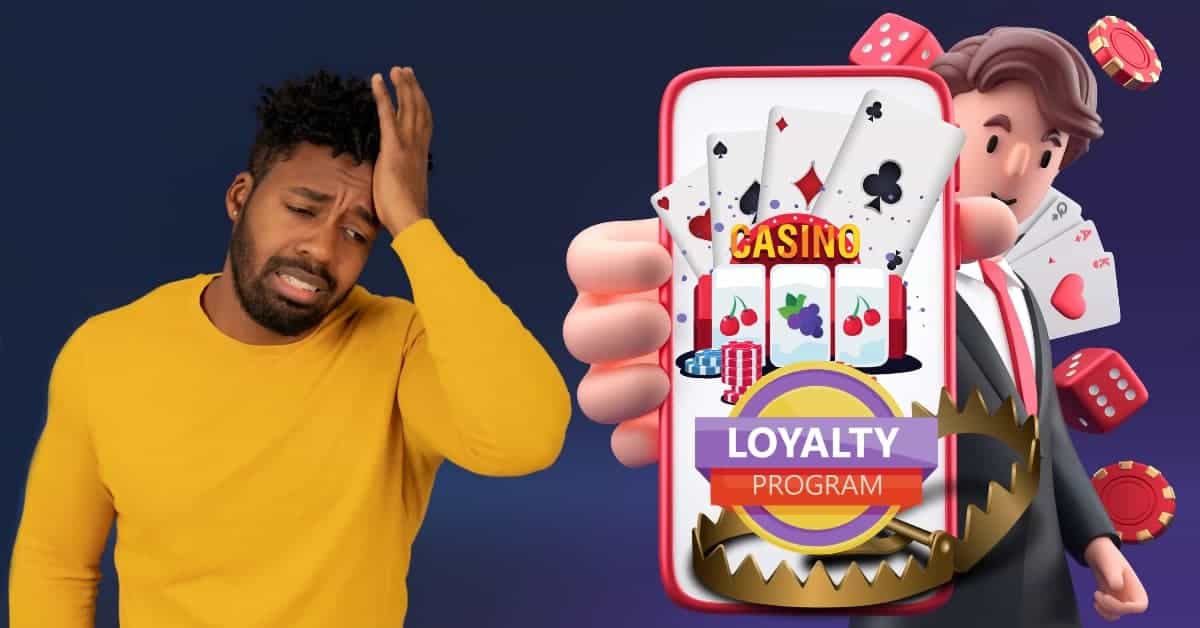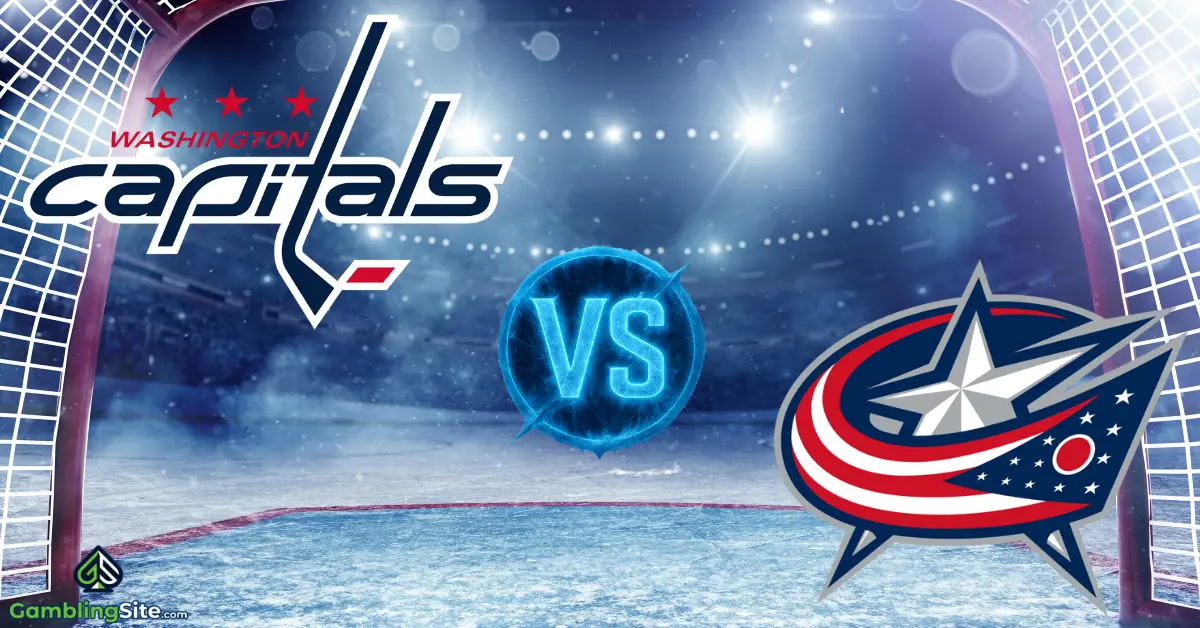Hidden Traps in Casino Loyalty Programs Most Players Miss

Loyalty programs all dangle the promise of free stuff, and who doesn’t like to get freebies? And casino loyalty programs are no different—they pledge to give players exclusive perks, personalized rewards, and that oh-so-nice VIP treatment.
Do they deliver on these promises? Sort of. Because underneath all of the “you will get this and this’s” on the surface, generosity is a really complicated system of rules that are basically designed to keep players spending and getting less than they thought they would.
All loyalty programs market themselves as a way to “give back” to their most steadfast customers, but the truth of the matter is that they’re meticulously crafted to put casino profits first. From those points that disappear to the psychological tricks that manipulate our spending habits, our examination of the tactics that casinos use to turn loyalty into a liability will tell you how it all goes down—and how to protect yourself from being taken for a ride!
What Are Casino Loyalty Programs?
You know how you used to get punch cards at an ice cream shop, and for every 10 cones you bought, you got a free one? That’s kinda what casino loyalty programs are modeled after.
Branded as VIP tiers or players’ clubs, casino loyalty programs are the structured systems that reward patrons for their gambling activity. Every bet that you make earns you points, and they can later be exchanged for perks like discounted hotel stays, complimentary meals, or event tickets. The more you bet, the higher you go up through tiers (e.g., Silver, Gold, Platinum), and each level unlocks marginally better rewards.
For the casinos that use them, the programs serve two main purposes: One, they incentivize repeat visits, and two, they collect a lot of valuable data on player behavior. On the players’ side, they create the illusion of a symbiotic relationship and a feeling that the casino is “rewarding” their dedication to one particular gambling site. But the deeper we dug, the more we saw that the balance of power is always heavily skewed in favor of the casino.
The Psychology Behind Loyalty Programs
As with most reward schemes, there is psychology at play; it’s not solely about perks and points! It’s a manipulation tactic that taps into our hardwired cognitive biases (like gamification does), and it gets players to keep returning all in the pursuit of rewards, even when the payoff is trivial at best.
Take the sunk cost fallacy, for instance: Once you’ve invested a bunch of time and money into climbing those tiers, you’re much more likely to keep playing to “justify” your earlier spending. Programs also leverage variable reinforcement, which is the same mechanism that makes slot machines so addictive. The unpredictability of when you’ll hit the next reward tier keeps players engaged for a lot longer. Add countdown timers (“200 points to reach Gold!”) and you’ve got a perfect storm for compulsive behavior.

The systems aren’t accidents! They’re built by design to blur (or pretty much erase) that fine line between entertainment and exploitation.
The Hidden Traps Most Players Miss
Loyalty programs are all relying on their players’ assumptions that they’re getting a fair deal. But hidden within the terms and conditions are those sneaky clauses that drain any sort of value from your rewards—or even worse, push you to lose more. The following are the six most common traps.
Points might seem valuable, but their real-world worth? It’s actually shockingly low. Most programs will give you a 0.1%–0.5% return on your total bets. If you bet $1,000 on slots, you might earn $1–$5 in rewards. And the house edge on those same games? It’s usually 2% to 10%, meaning that you’re statistically likely to lose $20–$100. Even if you redeem those points for cash, you’re still netting a loss. A majority of the programs also restrict point redemption to non-cash perks like buffet vouchers or casino merch that’s marked up by a whopping 300%.
Those points that you worked so hard to earn? They can vanish before you get a chance to use them!
A lot of loyalty programs impose super strict expiration policies. Points could disappear after 6–12 months of inactivity, or rewards like free spins can expire within 72 hours. Casinos are banking on players forgetting deadlines or feeling pressured to bet impulsively so that they can “save” their rewards. One notorious example is a Las Vegas casino chain that deleted $12 million in unused points from player accounts in 2022, and it cited an obscure “inactivity clause” that was buried in the terms and conditions.
Those perks that you want? They’re reserved for the players who bet six figures. We’re talking about the programs that advertise luxury cruises and private jet access, but those rewards? They’re only accessible to the top 0.01% of spenders. For the average player, reaching higher tiers means that you have to wager eye-watering sums that far outweigh any possible benefit. A mid-tier “Gold” member would need to bet $50,000 annually to earn a $100 dining credit, which is a measly 0.2% return. Meanwhile, the high rollers who are betting millions get personalized hosts and waived fees, which makes the system disproportionately rewarding for casinos’ biggest clients.
“Free” rewards almost always come with a catch and are far from free. Loyalty bonuses like “$50 free play” or “200 bonus spins” are rarely as simple as they make them out to be. Most of them come with wagering requirements of 30x–50x, meaning that you have to bet the bonus amount dozens of times before you’re able to withdraw any winnings. If you get a $50 bonus with a 30x requirement, you’d have to bet $1,500. Given the house edge, the odds of profiting are slim to none, and casinos know that most players will lose the bonus long before they clear that wagering hurdle.
Cashback? More like cash you’ll never see. Most of the loyalty programs calculate the cashback, and it’s based on net losses (total bets minus wins), not the total amount of wagers. If you bet $10,000 and end up $500 ahead, your cashback could be $0, even though you risked a significant amount of money.
Others will impose minimum loss thresholds (e.g., “10% of deposits”) or exclude certain games from eligibility. An example of this would be a player who got $0 cashback after dropping $5,000 in a slots session because they “only” lost $200, which meant that they fell short of the program’s $300 minimum loss rule. Oof, that smarts.
Loyalty programs all reward volume, not restraint. The faster and the more that you bet? The more points you accumulate. This incentivizes reckless behaviors like playing multiple slot machines at once or abandoning any strategy in table games to speed up the hands. A study found that loyalty program members gamble 40% longer per session than non-members, and they were still chasing those points even as their losses piled up. Casinos amplify this effect with “double point” promotions or tier-based deadlines, like an incentive that says, “Reach Platinum by December 31 or you’ll be downgraded to Bronze!”
How Casinos Benefit from Loyalty Programs
It doesn’t take a genius to figure out that casino loyalty programs are not born from the goodness of hearts. Casinos are businesses, so it’s not coming from a place of generosity—it’s all about profit optimization. Below is how they turn your participation into even more revenue for their bottom line!
- Data Harvesting: Every single bet that you make is tracked, analyzed, and used to predict your future behavior. If you tend to chase losses on roulette, you can expect to get targeted bonuses for table games.
- Increased Retention: Players who are enrolled in loyalty programs visit 70% more frequently than non-members, according to gambling industry data.
- Tier Pressure: The higher-status tiers create a fear of being “downgraded,” and that fear pushes players to bet beyond their limits to maintain their status and perceived perks.
- Cost Efficiency: Rewards like free hotel rooms have super low marginal costs for casinos (empty rooms generate no revenue), but they do keep players gambling—and losing—on-site.
Basically, loyalty programs are a feedback loop: The more you play, the more data casinos gather so that they can keep you playing.
How to Use Casino Loyalty Programs the Smart Way
Okay, so we’ve established that loyalty programs are working against players, but guess what? You can still strategically leverage them if you use the following tips!
Audit the Terms
- Calculate the effective return of points. If a program gives out $1 per $200 wagered, that’s a 0.5% return, and that’s far below most games’ house edges.
- Make a note of all expiration dates and inactivity penalties, and set calendar reminders so that you can use your points before they lapse.
Ignore That Tier FOMO
Higher tiers rarely, if ever, justify the spending that’s required. If Gold status demands that you make $10,000 in annual bets for a $200 dining credit, give yourself a reality check! You wouldn’t spend $10,000 for a $200 coupon, would you? We sure hope not!
Don’t Fall for Bonus Traps
Decline all of those “free play” offers that have high wagering requirements. Only claim the bonuses that have 1x–10x playthroughs—the other ones are traps.
Track Your Spending
You can use apps like Gamban or spreadsheet templates so that you’re able to compare the rewards you’ve earned vs. your total losses. If you’re down $1,000 and all you’ve got to show for it is $15 in points? That’s your cue to quit—you’re not ahead.
Opt Out
You aren’t in a blood oath with a casino loyalty program, and you can opt out! If it is tempting you to bet more than usually would, you can (and should) self-exclude. Your bankroll is worth so much more than the slim possibility of one free buffet.
Final Thoughts
Casino loyalty programs are indeed a paradox: Sure, they say that they’re a reward for your dedication, but they are structured in such a way to guarantee that the house will always—and we mean always—come out ahead. And while the most avid players can get some minor value (like using expiring points to get a meal with a discount), most participants fall into the trap of severely overestimating the perks and underestimating all of the hidden costs.
The best way to approach the programs is with more skepticism than hope. Treat points as an occasional bonus and not as a goal, and never let them dictate how much you bet.
If you want more info or tips on how to navigate the system, check out our Guide to Online Casino Loyalty Programs. And as always, gamble responsibly!

Alyssa contributes sportsbook/online casino reviews, but she also stays on top of any industry news, precisely that of the sports betting market. She’s been an avid sports bettor for many years and has experienced success in growing her bankroll by striking when the iron was hot. In particular, she loves betting on football and basketball at the professional and college levels.








